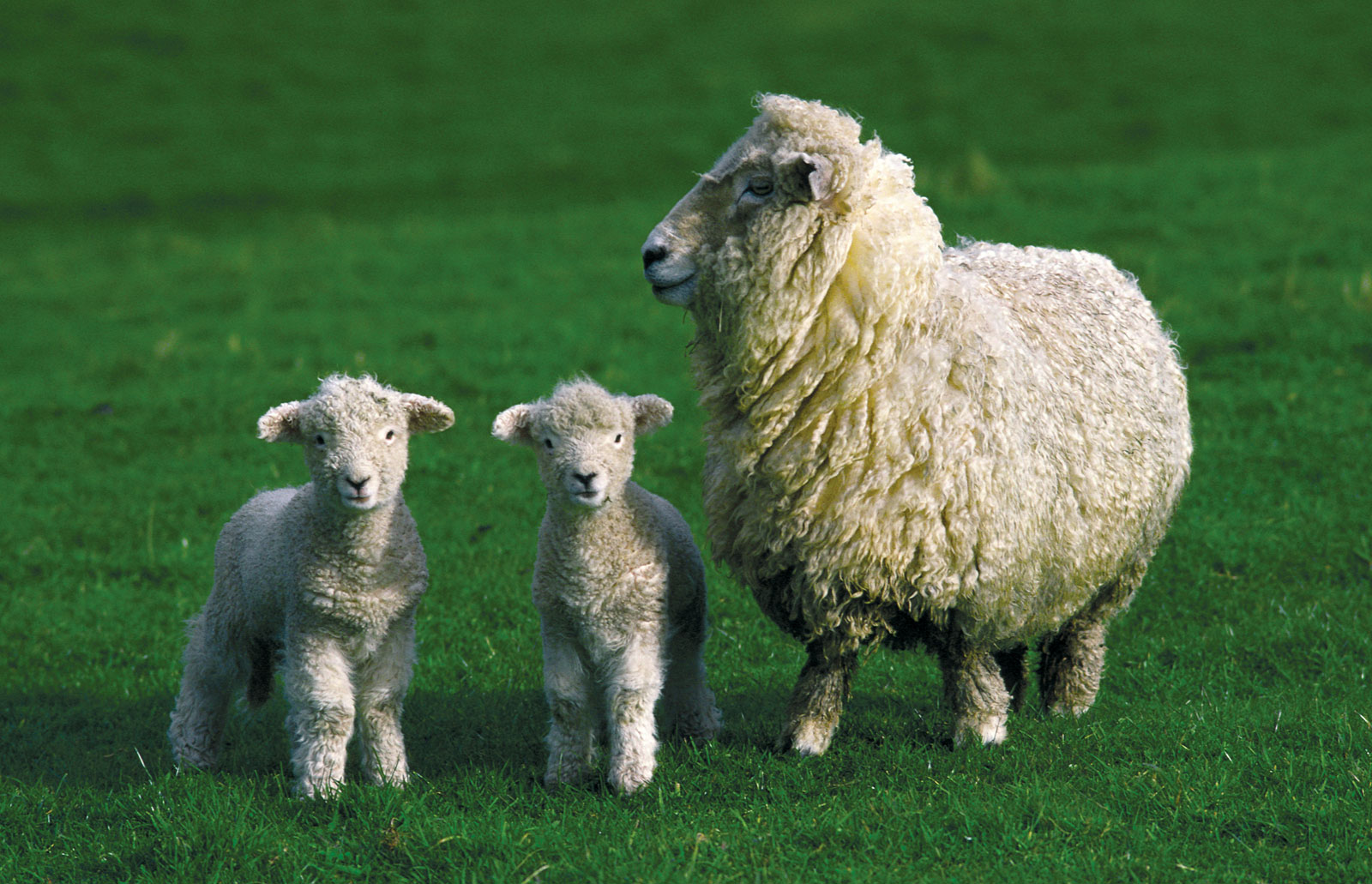



Article by: Hari Yellina
Sheep farmers may prefer to market their lambs directly over-the-hooks rather than selling them through saleyards. The disparity between lambs sold at the saleyard and lambs processed has widened since late January. According to Meat and Livestock Australia (MLA), recent data shows that lower saleyard pricing has role to play in producers’ selling decisions. “There has been a difference between the number of lambs yarded and the number of lambs processed over the last four weeks,” said MLA market information analyst Ripley Atkinson. “While not all lambs sold through the saleyards will be processed, there is a considerable difference between lambs yarded and lambs processed.”
Mr. Atkinson said the National Livestock Reporting Service (NLRS) yarded 157,419 lambs last week, with 365,390 lambs processed, according to the slaughter report. “However, this tendency has been noticed for the last four weeks, beginning with the week ending Friday, February 18, and has gradually widened since then,” he explained. The data shows a countrywide disparity between lambs sold at the saleyard and lambs processed, which could indicate that producers prefer to market their lambs directly over-the-hooks rather than through the saleyards. With saleyard lamb prices across the board lower than they were a year ago, he added, the option for many producers to sell their lambs directly through over-the-hooks selling routes is an appealing one.
“Saleyard lamb prices are tracking lower than a year ago, and farmers took advantage of favourable forward contracts available late in 2021,” he said. However, Peter Cabot, livestock manager at Nutrien Ag Solution in Wagga Wagga, believes there hasn’t been a significant shift in over-the-hooks alternatives, and that the higher numbers are just a result of making up ground lost due to Covid-19 impacts on processors earlier this year. “30 to 40% of all our lambs go straight to the works in this region of the world,” Mr Cabot stated. “There hasn’t been much of a shift toward selling over-the-hooks, in my opinion. I believe the numbers, both over the hooks and in the saleyards, have begun to emerge.”
Some of the advance contracts from January and February, he added, spilled over into March this year, despite the fact that they were now completed.
“They couldn’t have them all slaughtered on time because of Covid interruptions at meat processors,” Mr Cabot explained. “We were pushed back 20 days or more on some of those forward contracts, but they were normally two weeks behind.” When the contracts were given late last year, according to Thomas Elder Market analyst Matt Dalgleish, a number of farmers grabbed on them. “They were really good pricing levels, and they had their fill in a matter of days.” “They were able to find a number of producers who were willing to direct,” Mr Dalgleish said. This could explain why they’re going through a direct channel.